BIP Releases Report on Biomethane Injection Cost Optimisation
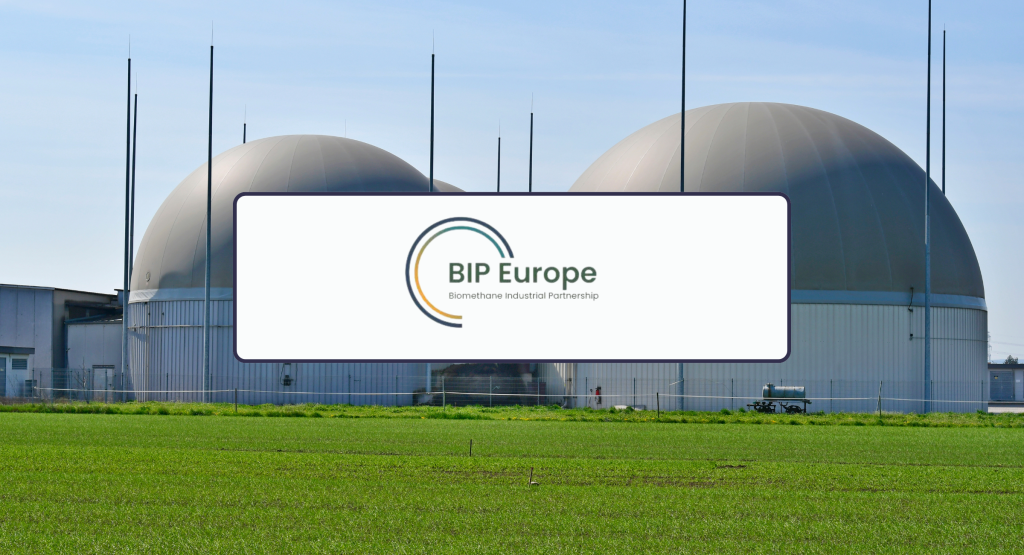
The Biomethane Industrial Partnership Releases Report on Biomethane Grid Injection Cost Optimisation to Help Achieve RepowerEU’s 2030 Biomethane Goal
Brussels 11/9/24 — Established in September 2022 under the European Commission’s RepowerEU initiative, aiming to achieve 35 billion cubic meters of biomethane by 2030, the Biomethane Industrial Partnership is releasing today its report on optimising the cost of biomethane injection into the European gas grid. The report, prepared by Task Force 4.4, was unveiled during the 2nd Forum of the Polish Biomethane Organization + Study Tour, an event hosted by the Polish Biomethane Organization to highlight the status of biomethane development in the EU. The report delves into the technical, regulatory, and economic pathways of integrating biomethane into Europe’s extensive gas network. Addressing these issues is crucial to meeting the EU’s 2030 biomethane production target.
José Catela Pequeno, Head of Renewable Gases – Engineering at Floene Energias and leader of Task Force 4.4, highlighted the importance of this report: “This report is a culmination of extensive collaboration among various stakeholders across Europe. It provides a roadmap for optimising biomethane grid injection, which is crucial for our transition to a sustainable energy system. By addressing the cost and regulatory barriers, we are paving the way for increased biomethane production and usage, which will significantly contribute to the EU’s clean energy objectives.”
The report emphasises the need for a supportive regulatory framework and effective grid capacity allocation and planning to facilitate biomethane injection. It also identifies several technical solutions to enhance reception capacity, such as reverse-flow facilities, meshing networks, and virtual pipelines. The harmonisation of technical solutions and the standardisation of quality control measures are seen as key factors in reducing costs and allow for increased green gas flow in Europe’s gas networks.
Rossella Mimmi, Strategic Marketing Manager at Emerson and rapporteur for Task Force 4.4, added: “Our findings show that with strategic planning and regulatory support, it is possible to significantly reduce the costs associated with biomethane injection. This will not only make biomethane more competitive but also support the EU’s broader climate goals. The case studies of France and Italy illustrate how regulatory frameworks can be effectively utilised to optimise biomethane grid injection.”
The report also includes contributions from numerous Member States, including the Czech Republic, Denmark, France, Germany, Italy, Latvia, the Netherlands, Portugal, Spain, and Sweden, providing a comprehensive overview of the current state of biomethane production and grid injection across Europe.
With this publication, the Biomethane Industrial Partnership encourages all stakeholders to collaborate in addressing regulatory and technical challenges, facilitating the efficient integration of biomethane into Europe’s gas grid. By embracing the recommendations outlined, stakeholders can help enhance the viability and competitiveness of biomethane projects, supporting sustainable energy development across Europe.
About the Biomethane Industrial Partnership (BIP)
As part of the Repower Plan, the Biomethane Industrial Partnership was created to support the achievement of 35 bcm biomethane by 2030. The BIP is a private-public partnership comprising the European Commission, Member States, industries, academia and civil society who team up to reach this target and create the preconditions for a further ramp up towards 2050.
About BIP Task Force 4
Task Force 4 is one of the six working groups of the BIP that works to identifying and facilitating ways to decrease the cost of biomethane production and grid connection.
About Biogas and Biomethane
Biogas is produced from the decomposition of organic materials. These residues are placed in a biogas digester in the absence of oxygen. With the help of a range of bacteria, organic matter breaks down, releasing a blend of gases: 45 – 85 vol% methane (CH4) and 25 – 50 vol% carbon dioxide (CO2). The output is a renewable gas which can be used for multiple applications. Biomethane – purified biogas – is a renewable alternative to natural gas. Its multiple applications include heat and power supply for our buildings and industries, and renewable fuel production for the transport sector.
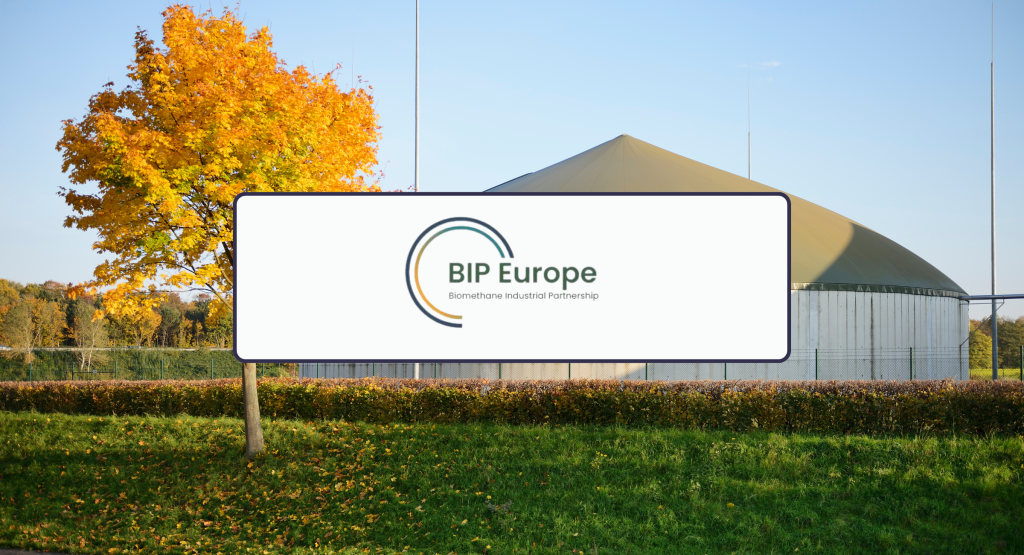
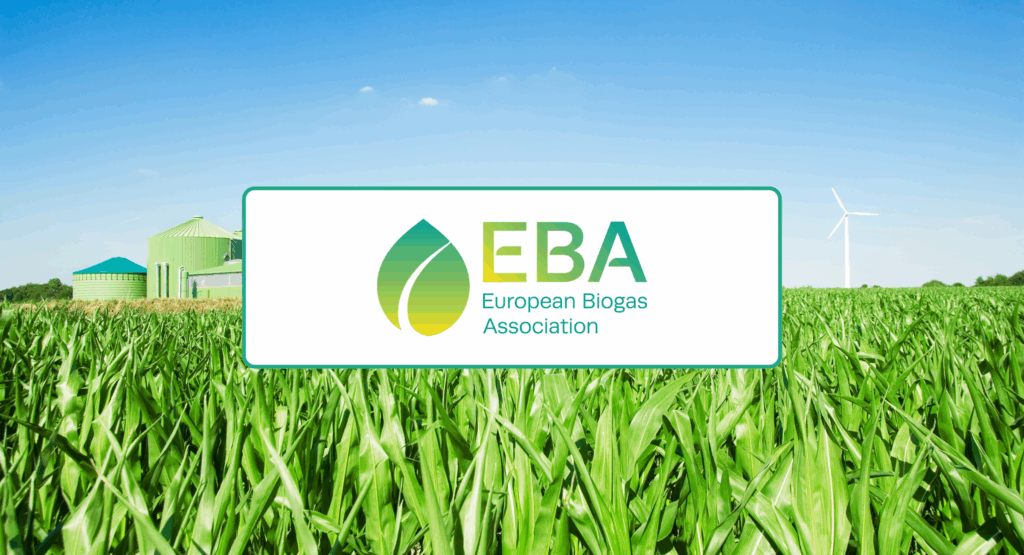
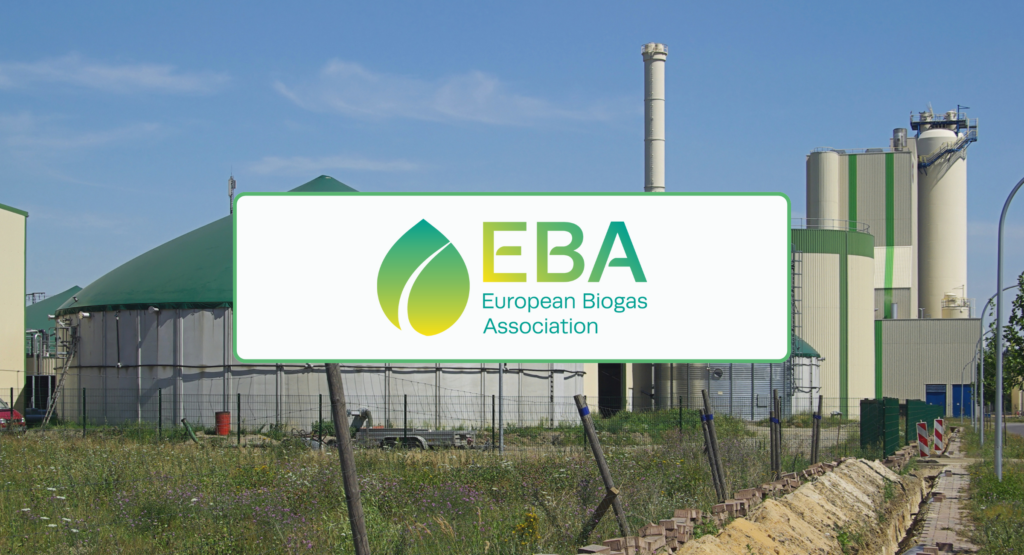
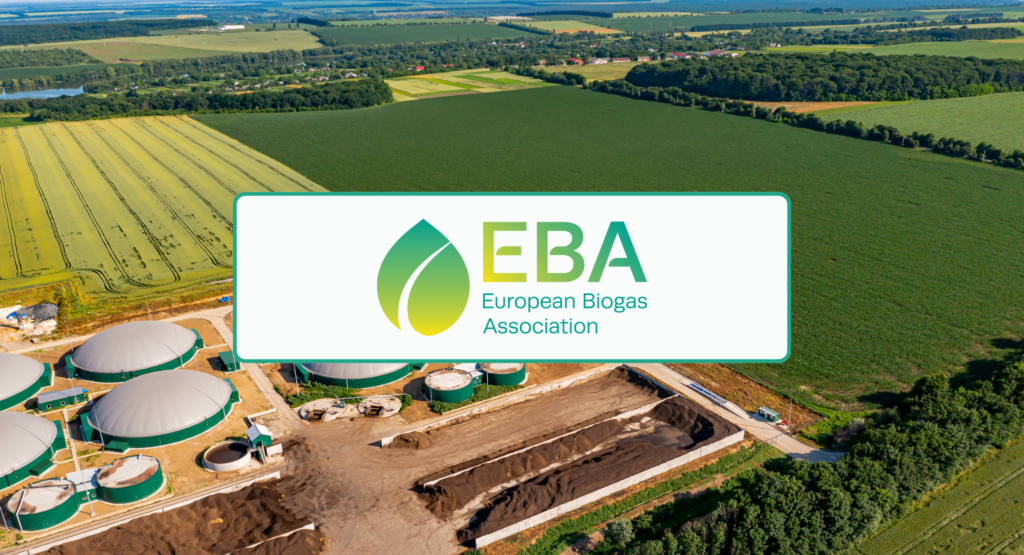
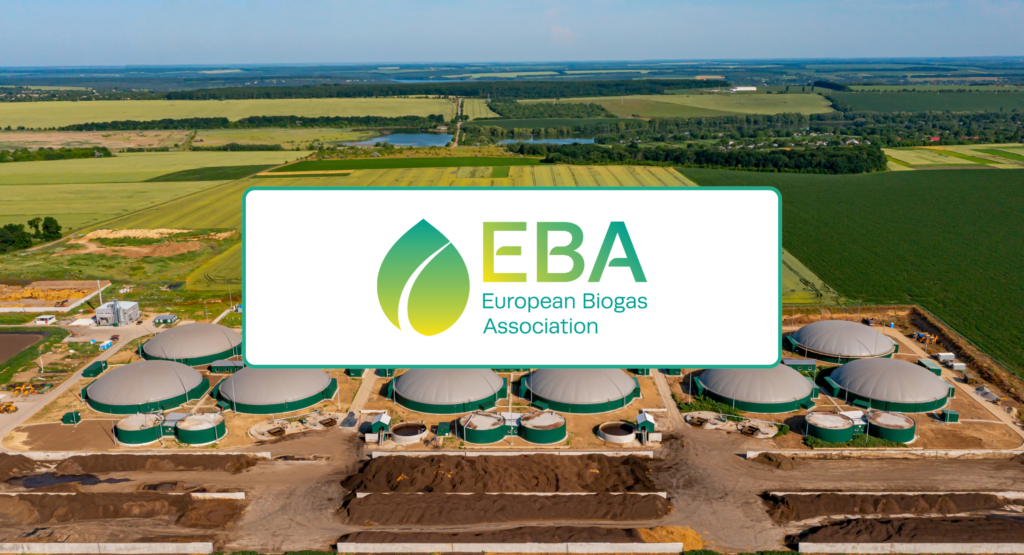
Comments